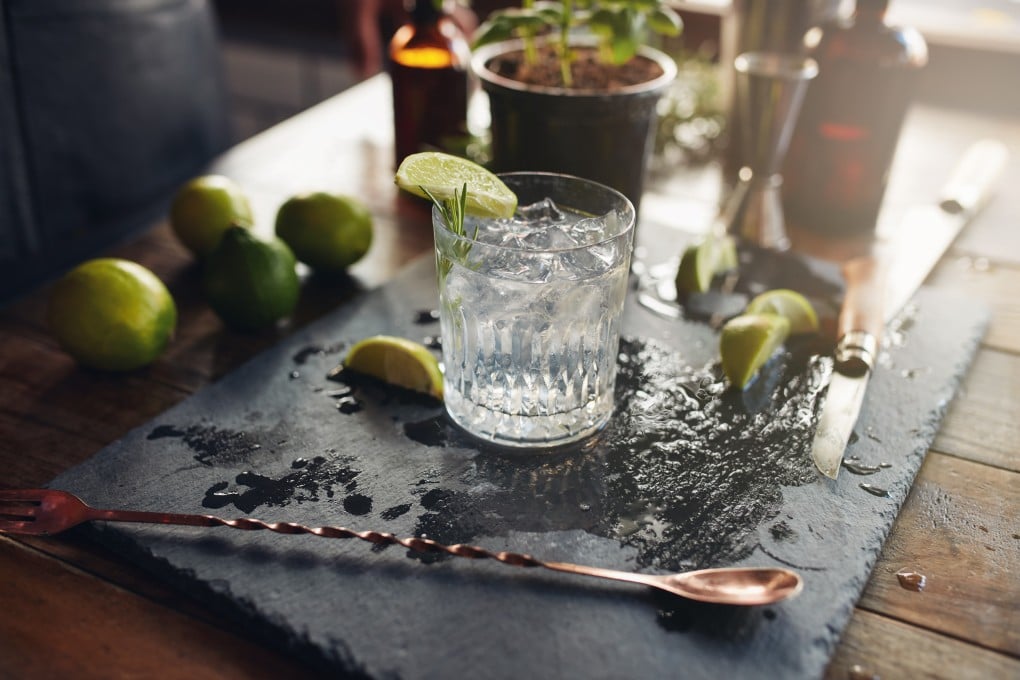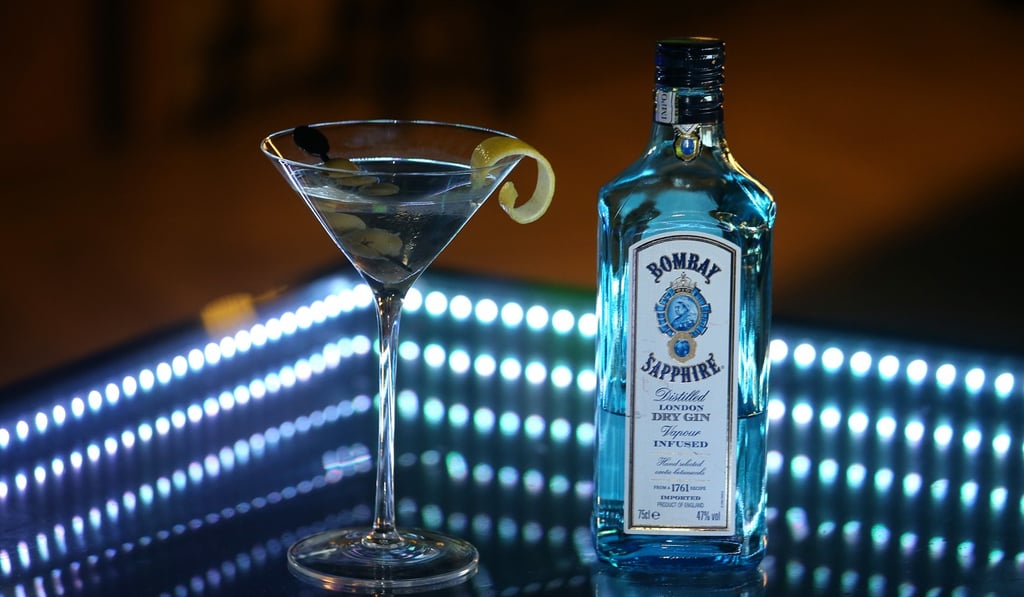A brief history of gin, from herbal medicine to spirited hipster tipple beloved from Britain to Japan
- Despite gaining popularity in recent years, the distilled spirit has been around in various forms for millennia
- As well as the predominant juniper flavour, infusions can include other botanicals, spices and herbs

Although gin seems like a modern-day hipster tipple, it was supped back in 16th century Holland, when the Dutch began producing a medicinal liquid called genever.
The rough-tasting drink was based on malt wine, and juniper berries were included to mask the harsh flavour. By the 1700s, it had become known as gin. Its first recorded appearance was in a 1714 book called The Fable of the Bees: or, Private Vices, Publick Benefits, by Bernard Mandeville, who pithily wrote: “The infamous liquor, the name of which deriv’d from juniper berries in Dutch, is now, by frequent use […] shrunk into a Monosyllable, intoxicating Gin.”
The origins of gin stretch back even further, to AD70, when Greek physician Pedanius Dioscorides published De Materia Medica, an encyclopaedia on herbal medicine, in which he described the use of wine-soaked juniper berries to cure chest ailments. Going forward a millennium, to 1055, Benedictine monks in Salerno, Italy, wrote about a juniper-infused tonic made of wine in the Compendium Solernita.
Today, gin can be defined as a distilled spirit flavoured predominantly with juniper, and including infusions of other botanicals, spices and herbs, such as cardamom, licorice, cinnamon, savory and citrus fruits such as lemon, lime and orange.

“Gin is like a great perfume. You walk past a series of perfumes, some are repulsive and some are exactly what you’re looking for,” says Krystal Hart, ambassador for the Diageo Reserve World Class Bartending Competition.
London Dry is a style of gin with an alcohol content of about 40 per cent. It has a citrusy nose with a bit of spice and contains less than 0.1 gram of sugar per litre. And with just 97 calories in a 30ml pour, it is an almost guilt-free indulgence. Examples include Tanqueray, Boodles and Bombay Sapphire, all of which are reasonably priced.
